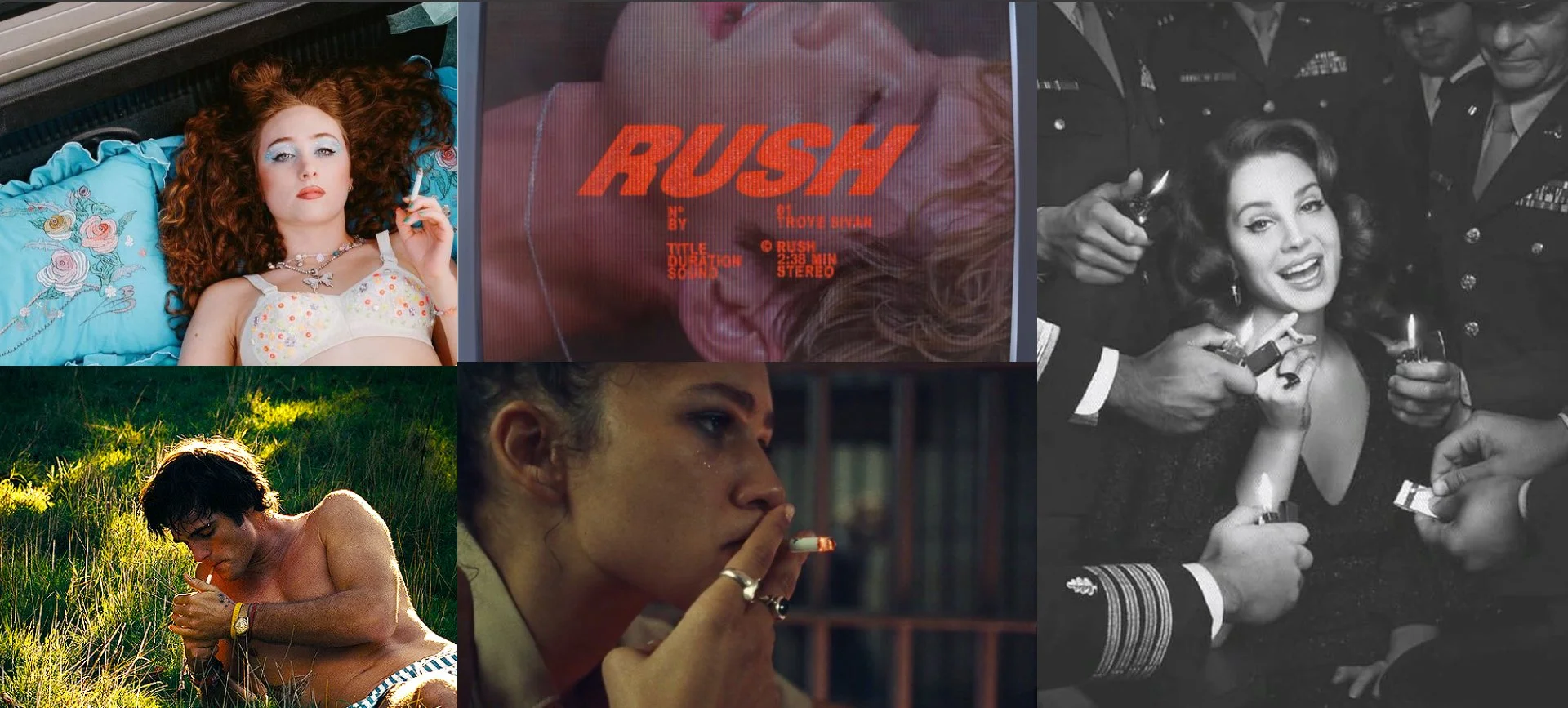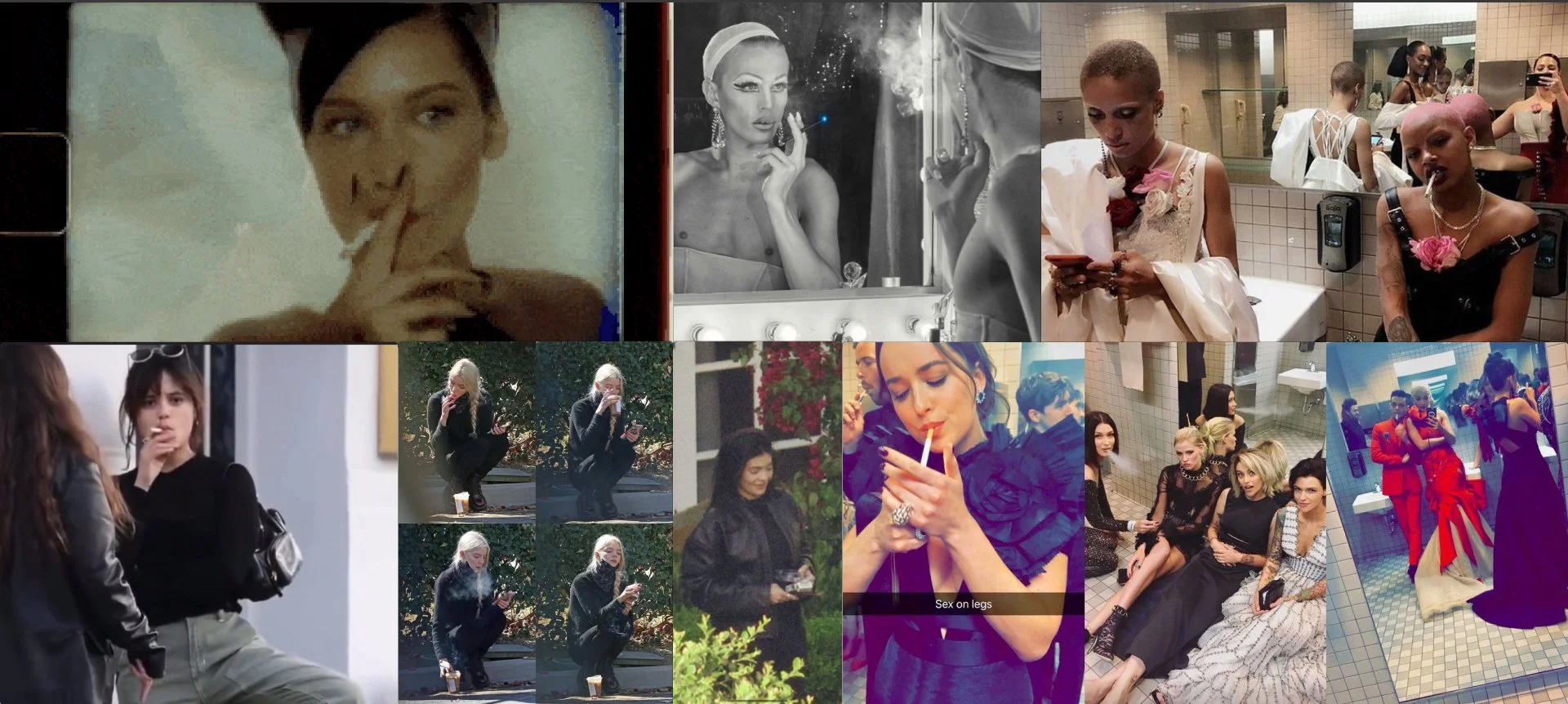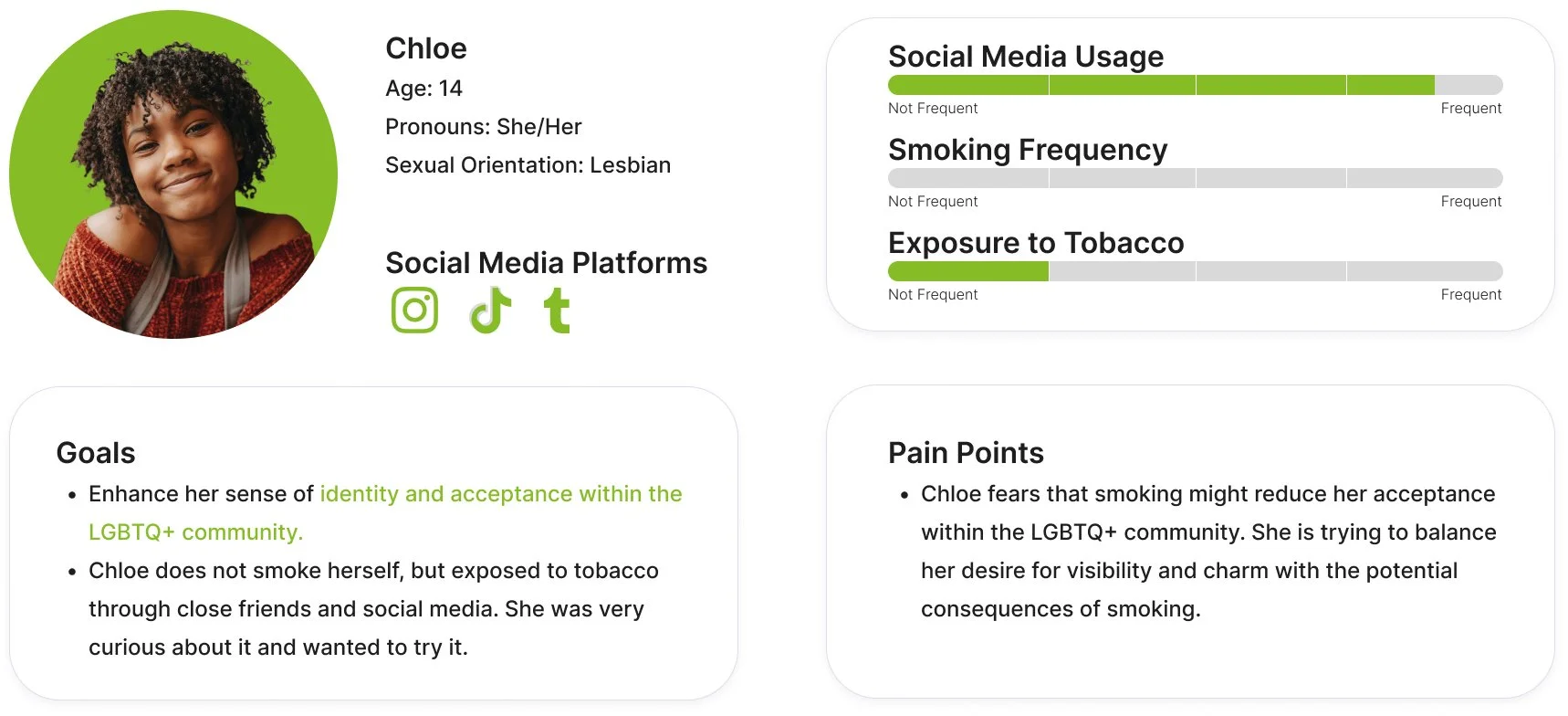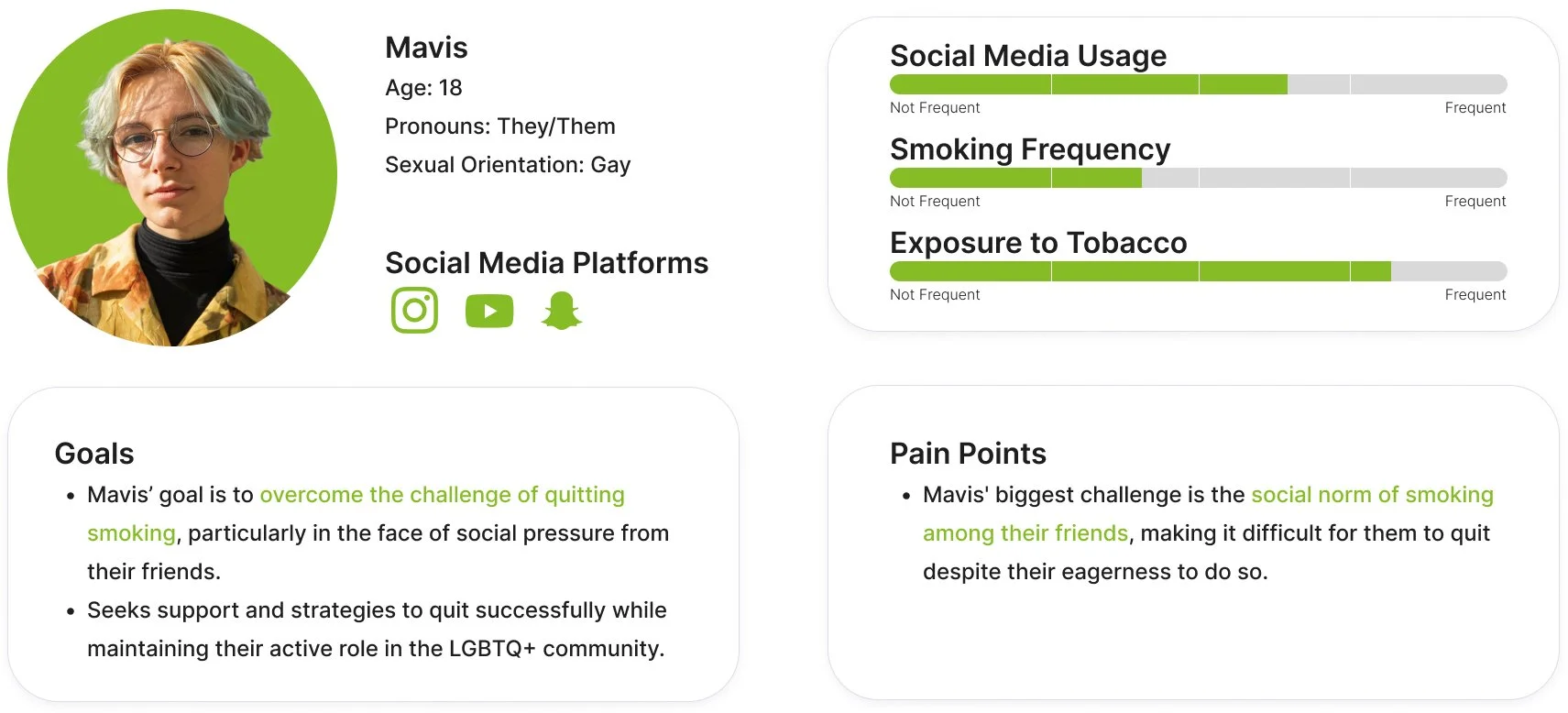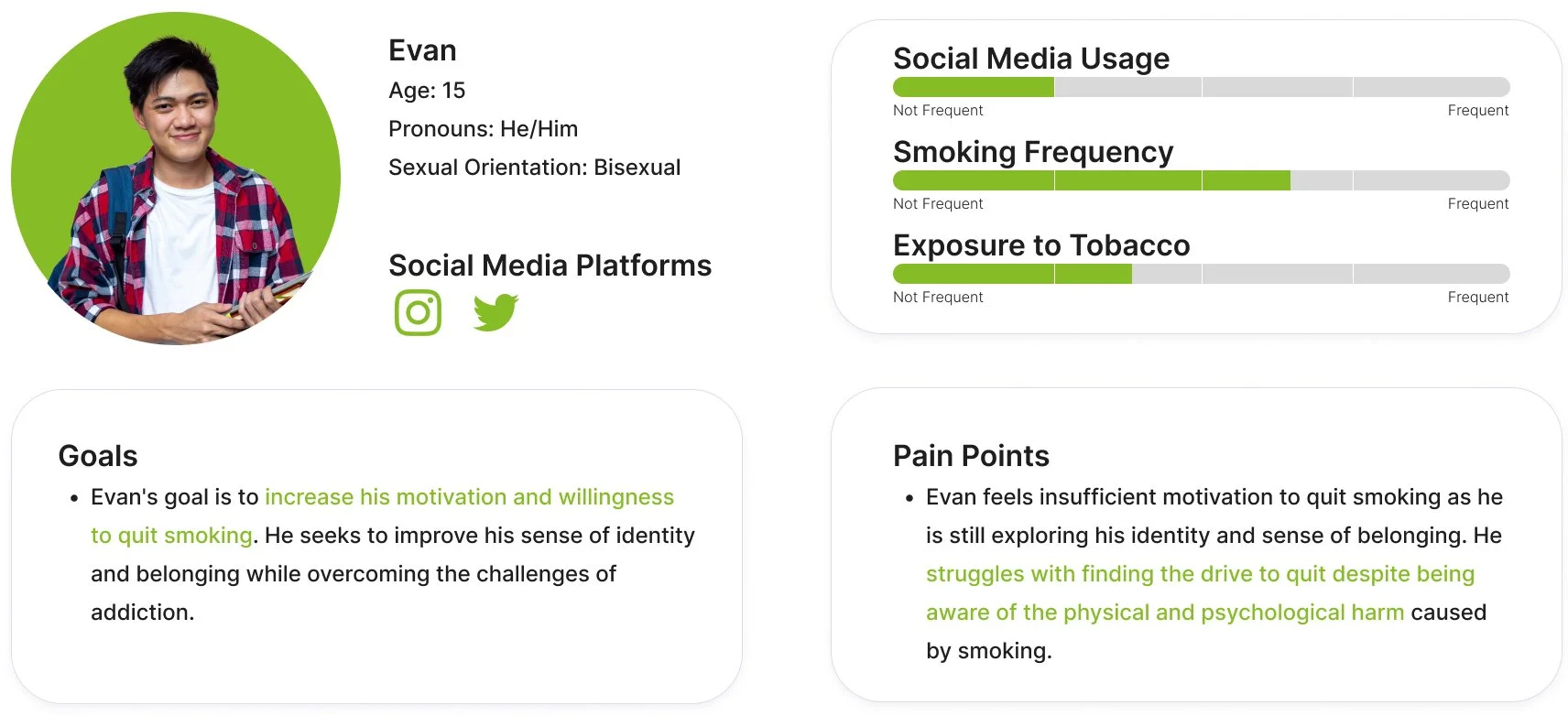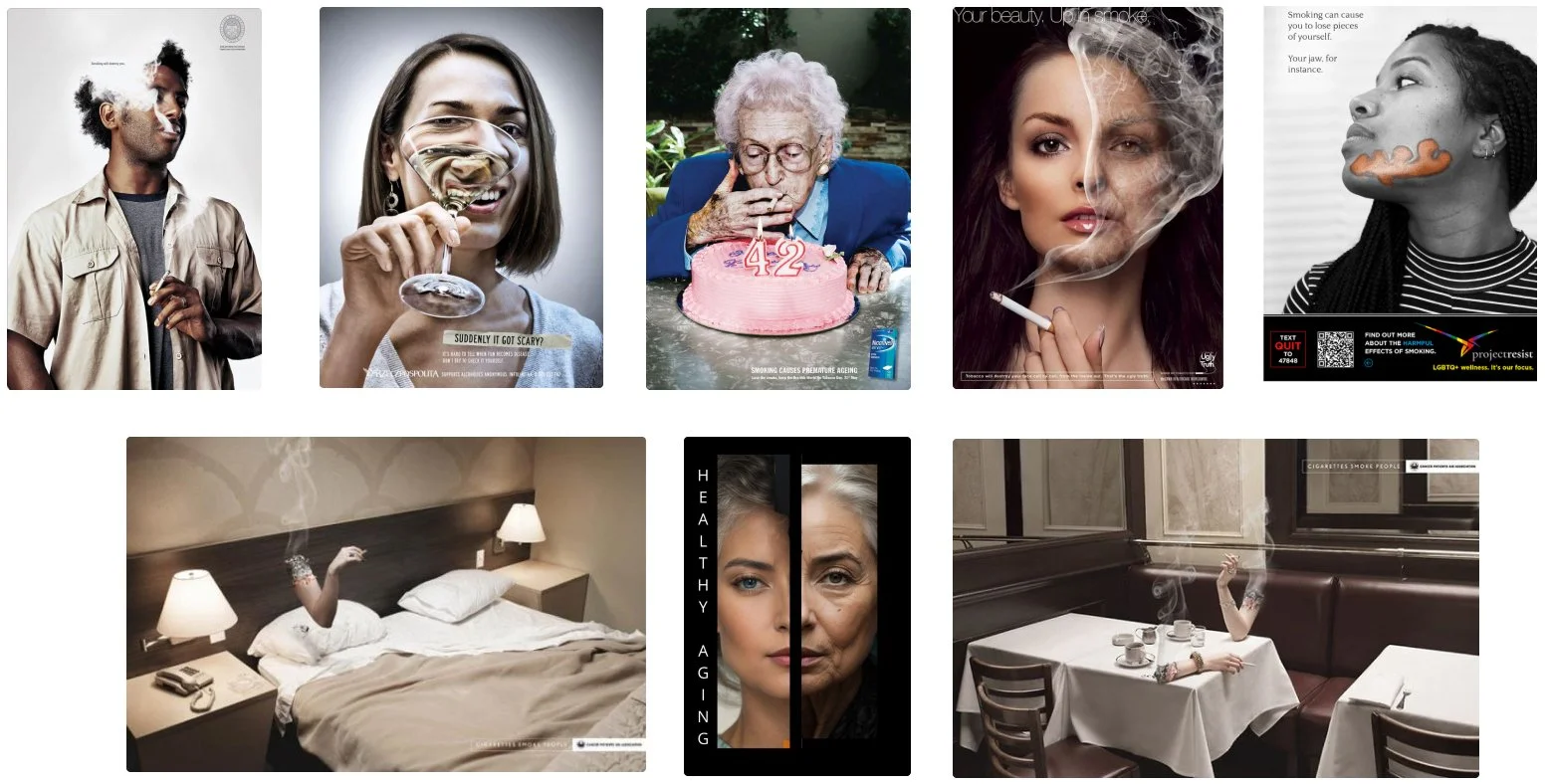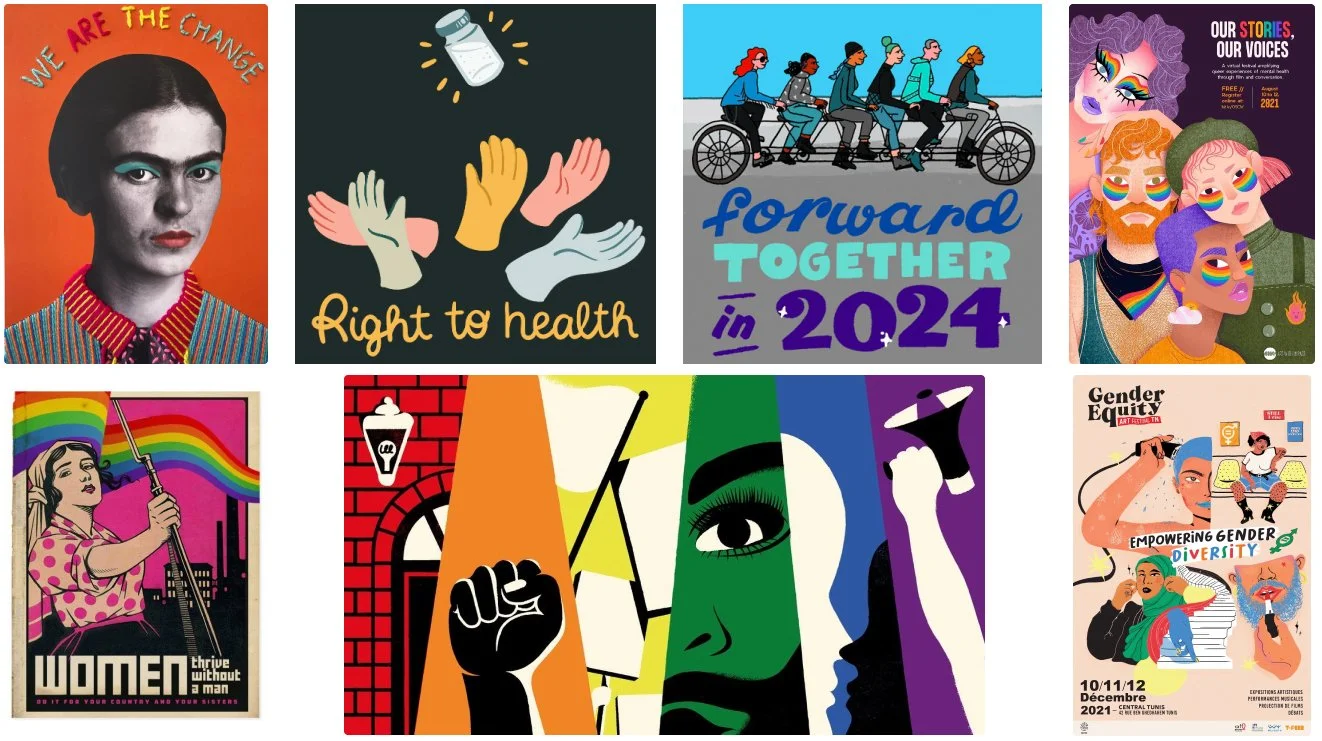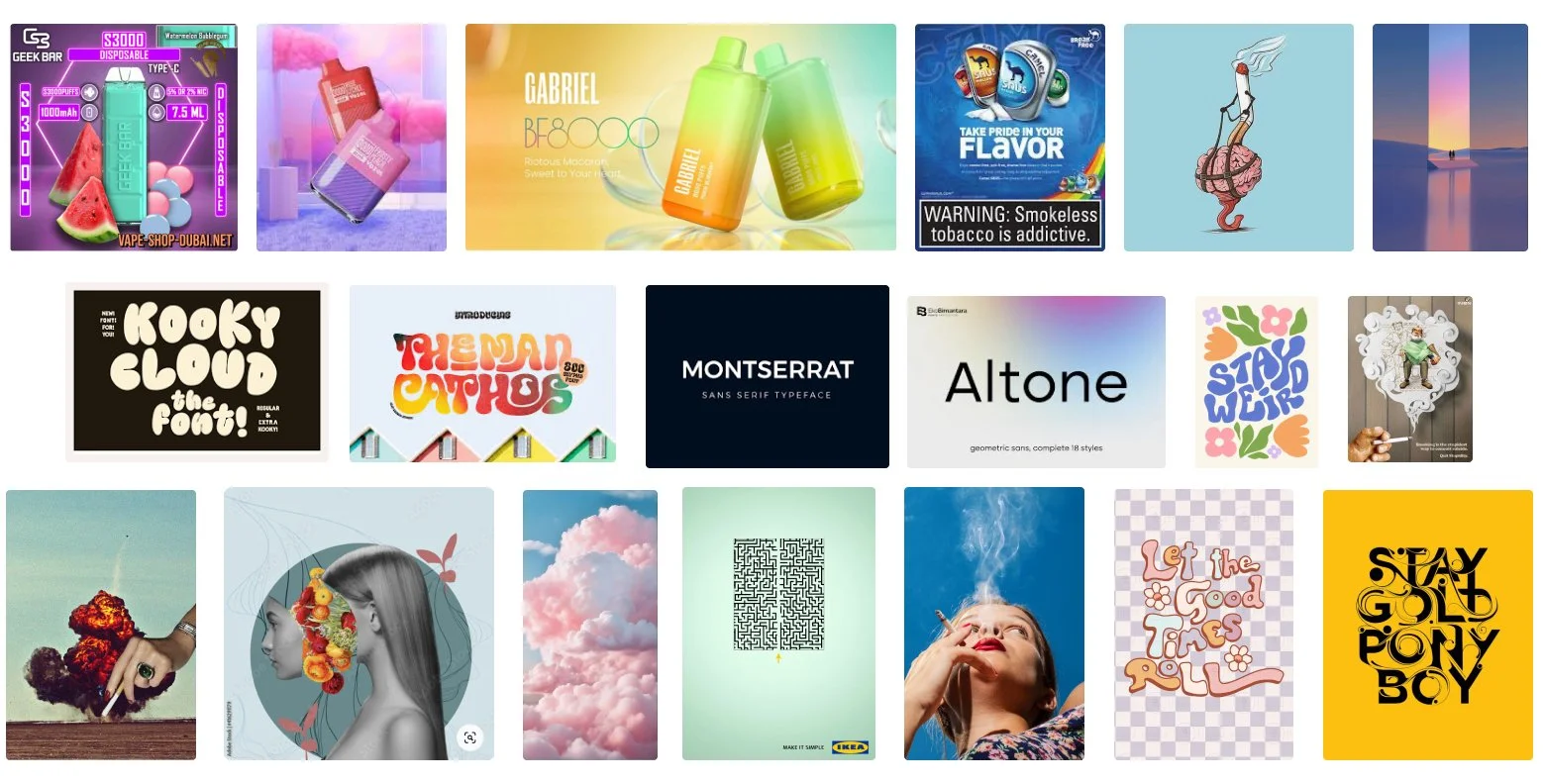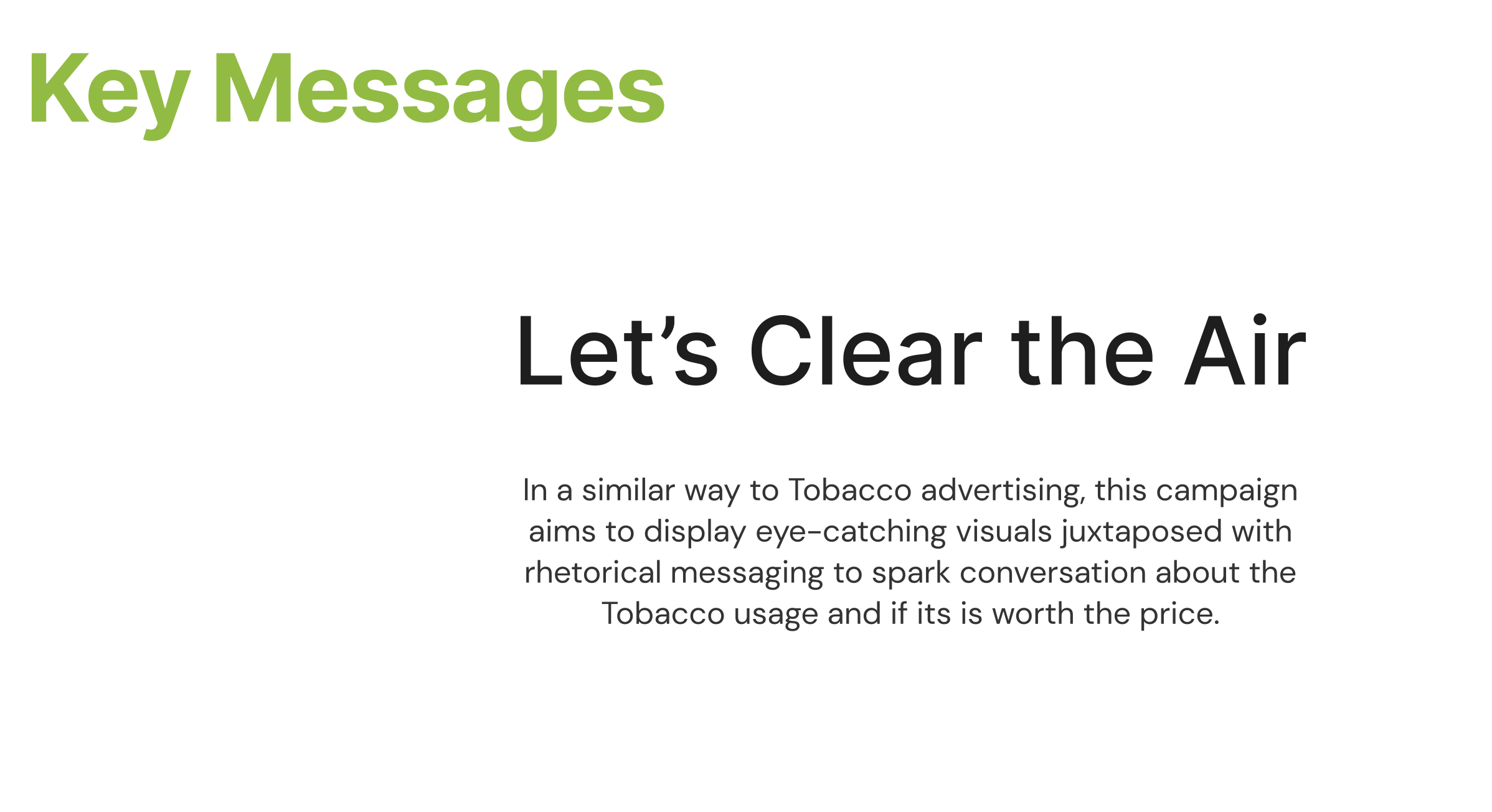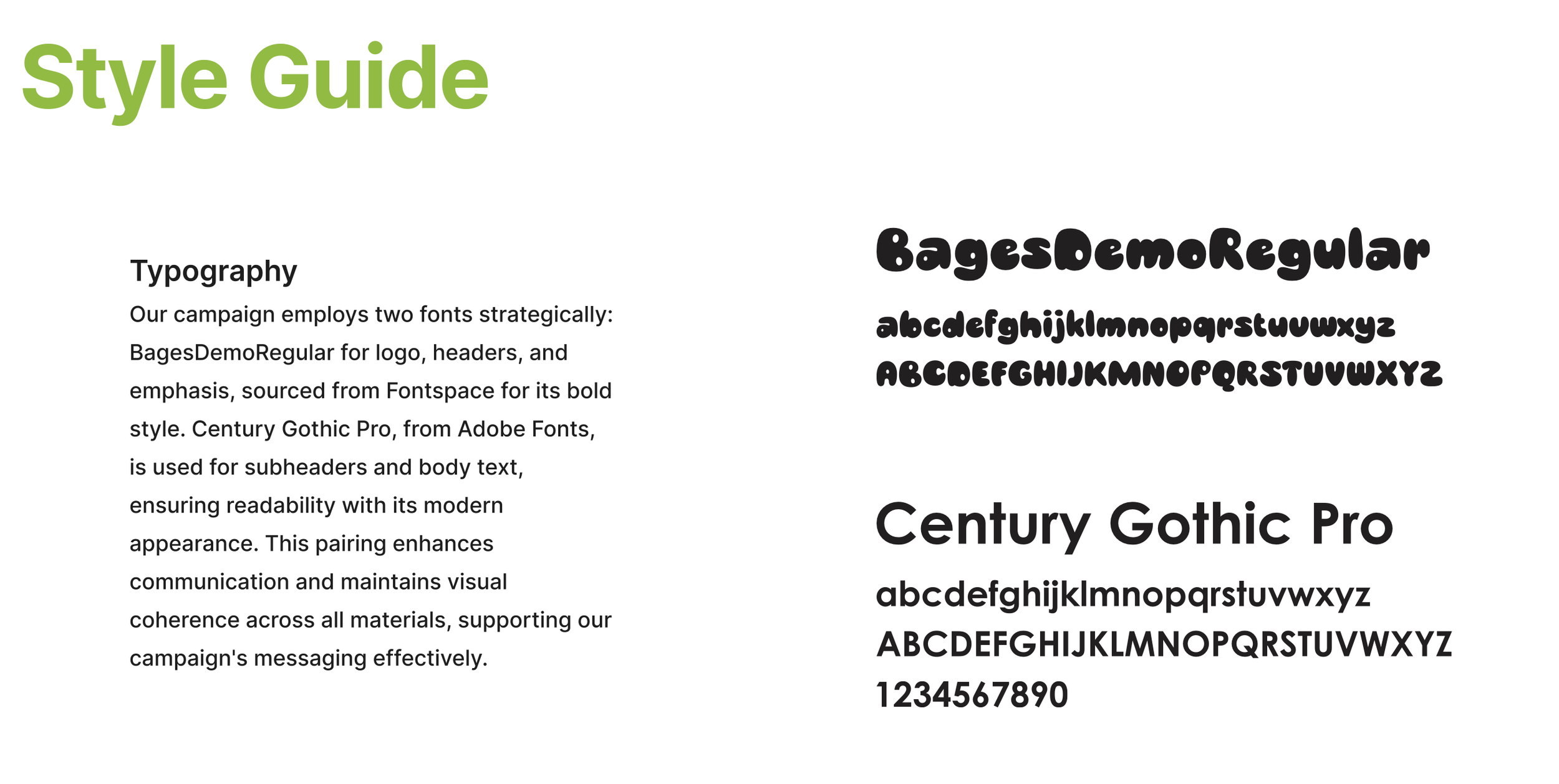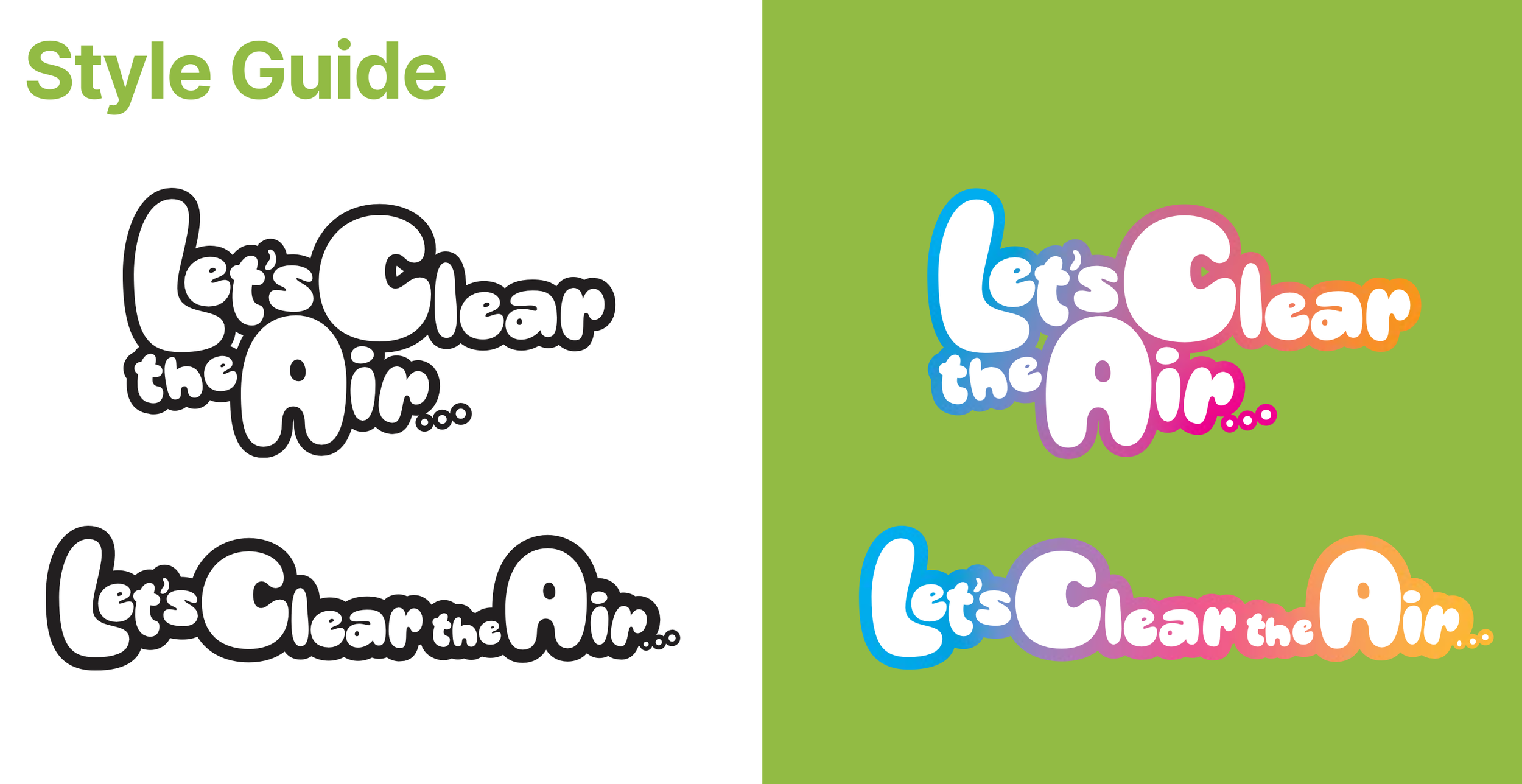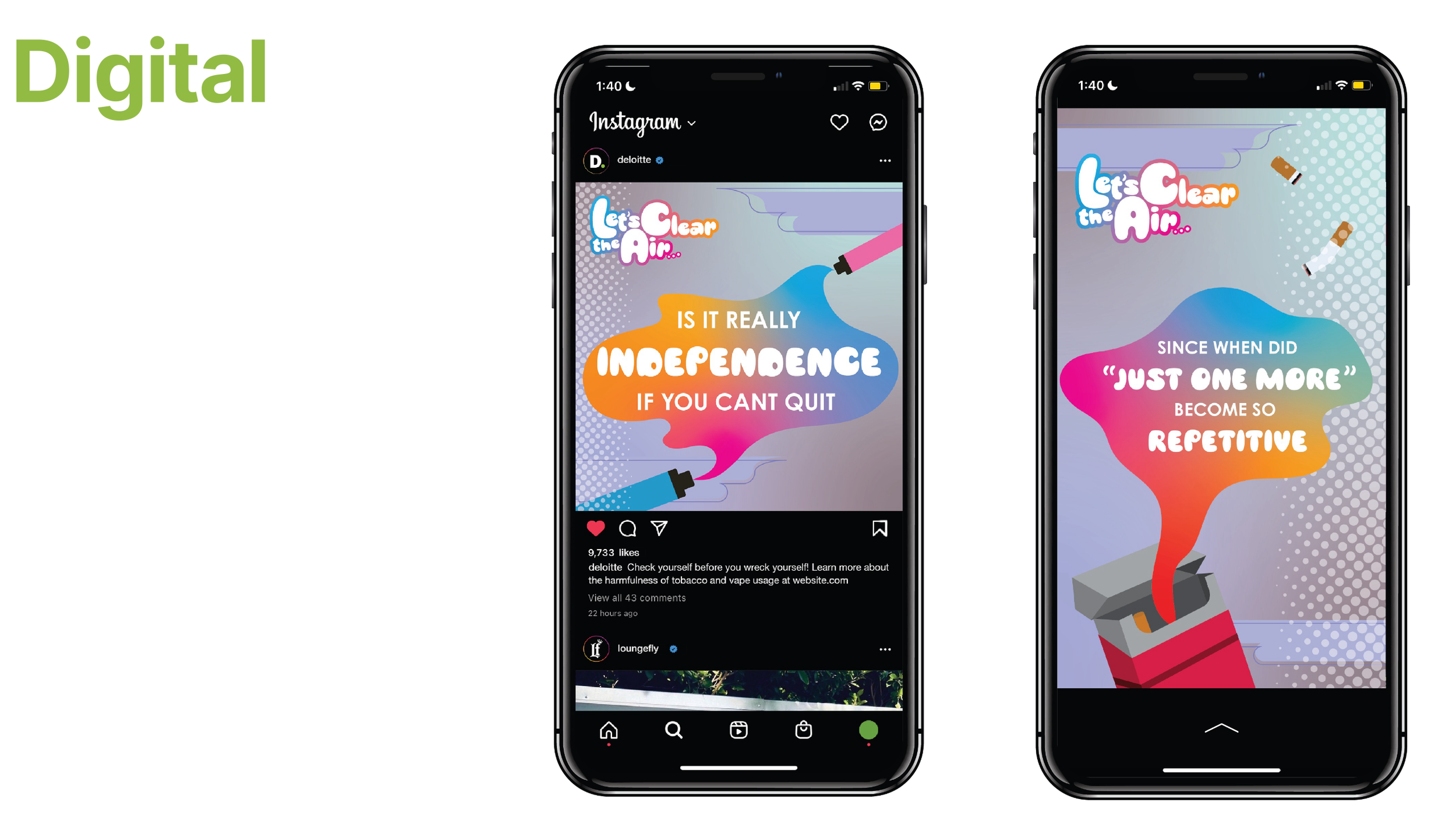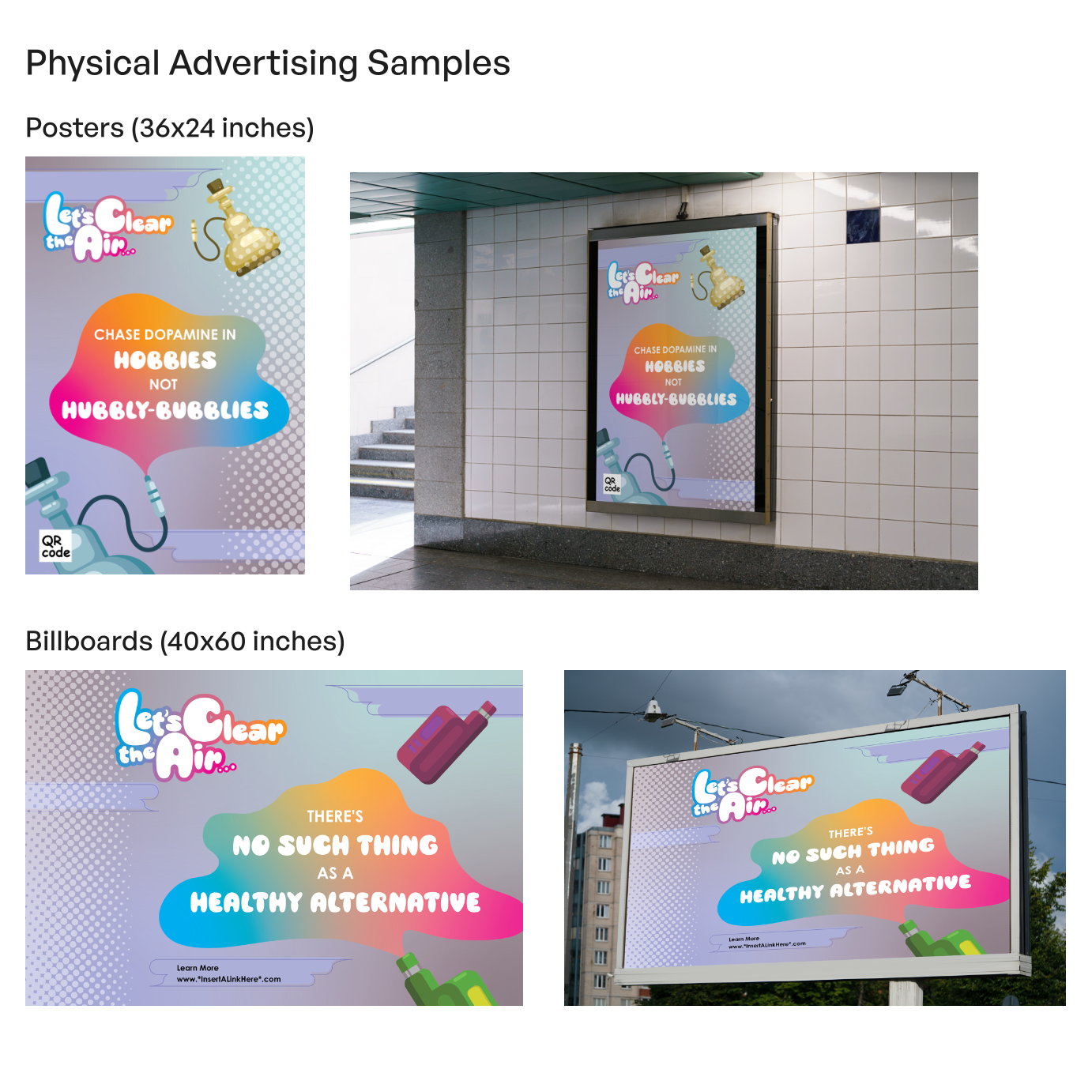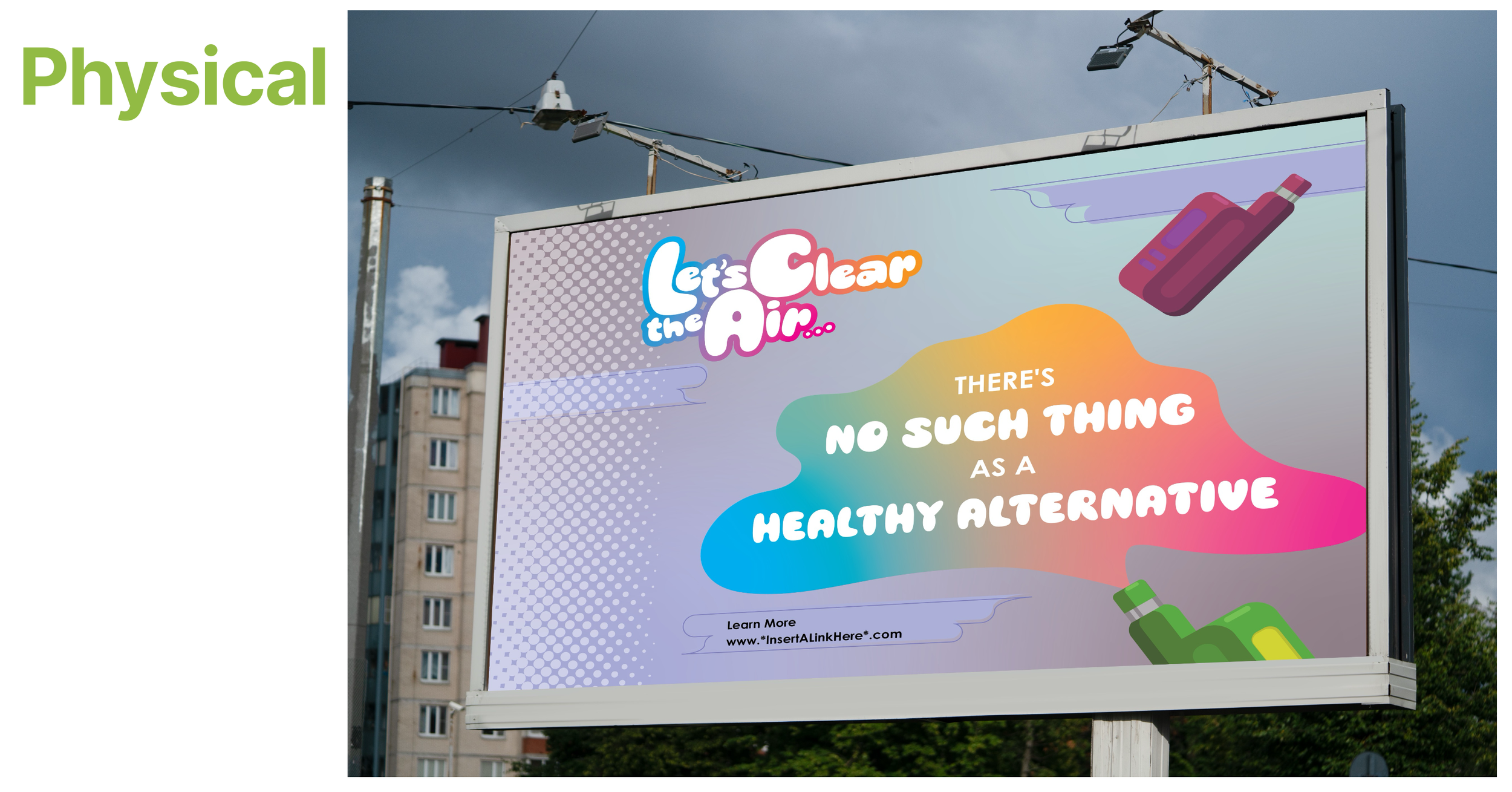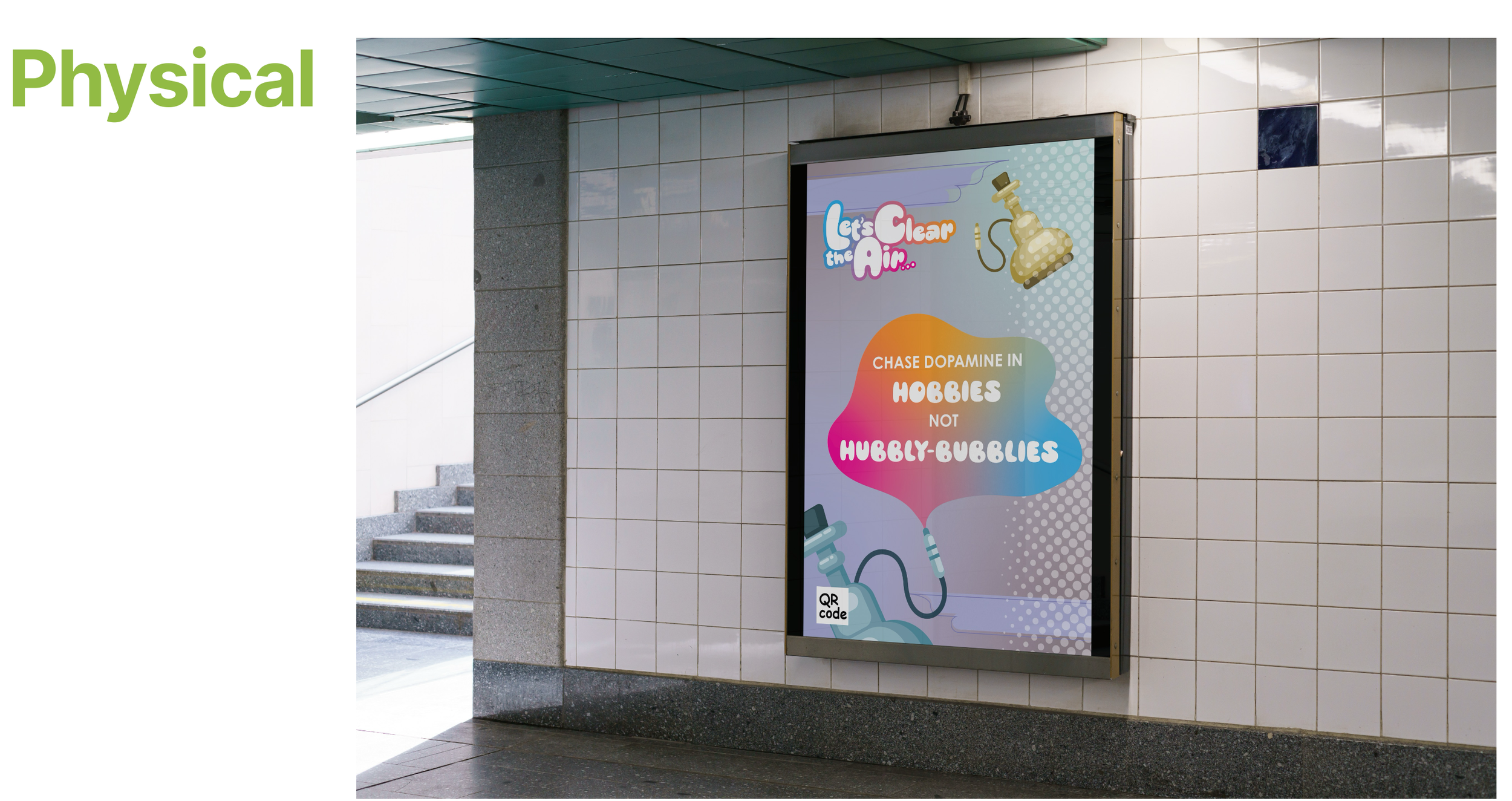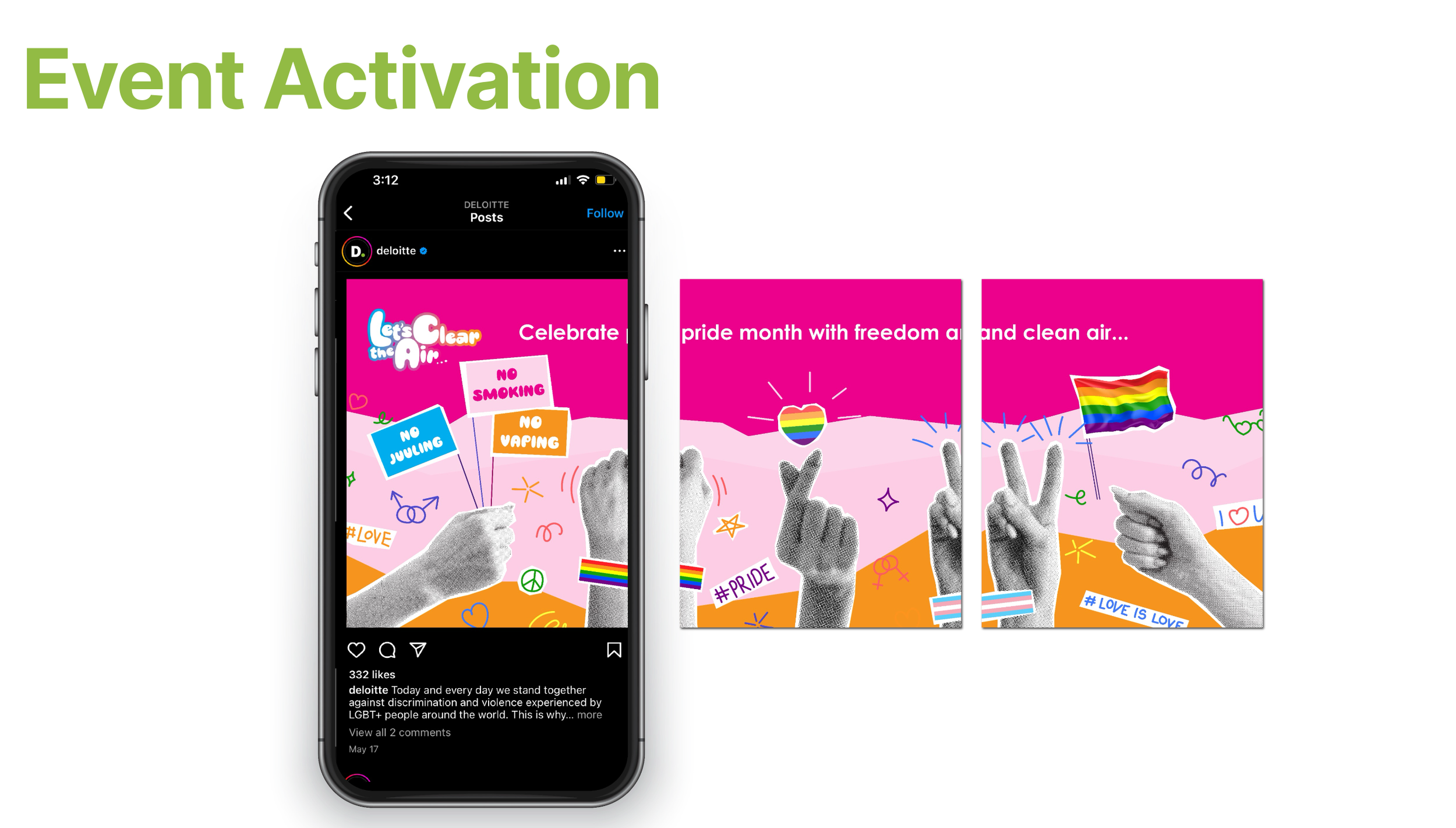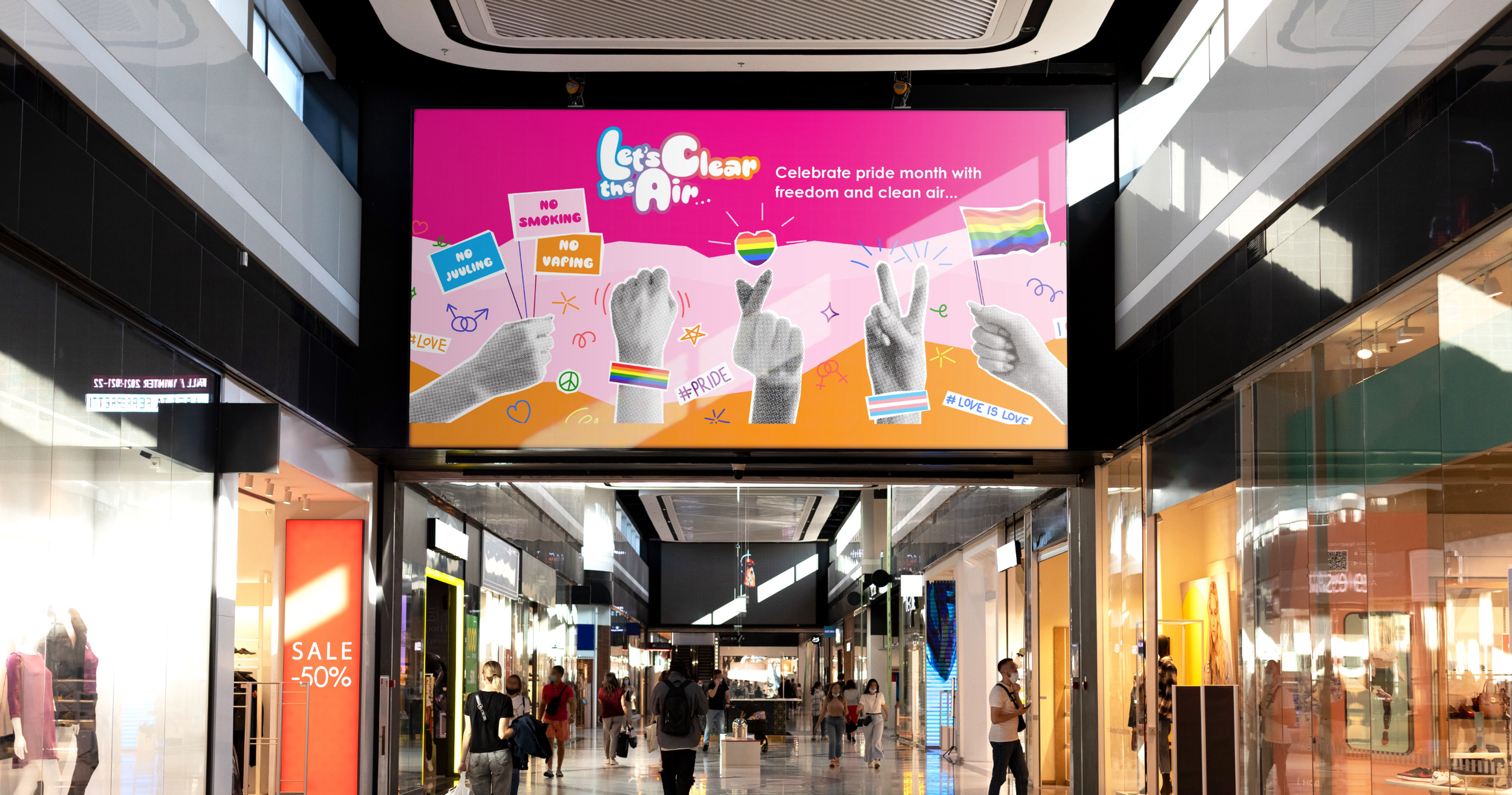
Inspiring Change: Anti-Smoking Campaigns Targeting LGBTQ+ Youth
From Awareness to Action: Driving Behavioral Change in LGBTQ+ Youth
Client: Deloitte | Location: Savannah, Georgia (remote collaboration)
Team: Cross-functional | Duration: 05 Weeks
My Role: UX Researcher
Researched, synthesized insights, and created campaign concepts based on audience behavior and messaging needs.
Project Overview
The rise in tobacco use among LGBTQ+ youth is outpacing their peers, raising serious health concerns. This project used secondary research to uncover how the tobacco industry targets queer youth through media, advertising, and social influence. The insights informed the creation of inclusive, behavior-driven, and visually compelling anti-tobacco campaigns.
How?
Research and Insights: Building Empathy
The process began with delving deep into the lives of LGBTQ+ youth through secondary research, including media consumption preferences and market trends. The team worked diligently to uncover user needs and motivations by asking "Why?”
Secondary Research
The project began with a deep dive into the lives of LGBTQ+ youth.
Secondary research uncovered patterns in media use, tobacco exposure, and social influences.
Key methods included:
Literature review of academic studies on LGBTQ+ youth and tobacco.
Social media analysis of platforms such as Reddit and Facebook to track behaviors and sentiment.
Content evaluation of tobacco ads in pop culture to understand their appeal.
Active Tobacco Advertising: Influencer Posts
LGBTQ+ Pop Culture and Tobacco
Passive Promotion
Key Findings
Higher Usage Rates: LGBTQ+ youth use tobacco at significantly higher rates than their heterosexual peers. For example, 17.4% of LGB+ high school students reported current tobacco use, compared to 11.4% of heterosexual students.
Targeted Marketing: The tobacco industry has historically targeted LGBTQ+ communities through pride sponsorships, bar events, and giveaways, portraying smoking as a normalized part of queer social life
Social Media Presence: Tobacco and e-cigarette content is widespread on platforms like Instagram and TikTok. Influencers and ads often normalize smoking, increasing its appeal among LGBTQ+ youth.
Coping & Identity: Many LGBTQ+ youth use tobacco for stress relief and social acceptance. It's often seen as a way to manage identity struggles and emotional distress.
Developing Personas
Three detailed personas were developed using insights from secondary research and social media trends to better understand the target audience.
Campaign Goals
Prevent tobacco use by changing cultural perception.
Support those trying to quit through empathy and representation.
Campaign Concepts: Crafting the Narrative
Research insights informed three campaign concepts, each supported by a mood board to capture tone and direction:
#1: Unfiltered Truth:
Tone: Educational and supportive.
Message: Highlight manipulative tobacco industry tactics and real-life consequences.
Approach: Digital and physical ads featuring testimonials and impactful visuals.
Visual Design Mood Board
#2: Pride in Breath:
Tone: Empowering and motivational.
Message: Celebrate smoke-free lifestyles and emphasize health and pride.
Approach: Use pride colors and community-driven messaging across various media.
Visual Design Mood Board
#3: Let’s Clear the Air:
Tone: Inviting and humorous.
Message: Use visually striking and deceptive ads to challenge tobacco's association with LGBTQ+ identity.
Approach: Clever visuals that appear to promote tobacco but reveal anti-smoking messages.
Campaign Messaging Verbiage
Just ‘Cause It’s Pretty, Doesn’t Mean It’s Good
Chase Dopamine in Hobbies, Not Hubbly-Bubbies
Since When Did “Just One More” Become So Repetitive
Smoking Doesn’t Relieve Stress; It Adds To It
There’s No Such Thing as a Healthy Alternative
Is it Really Freedom if You Can’t Quit
Visual Design Mood Board
Why Let’s Clear the Air Stood Out
The Let’s Clear the Air campaign was chosen for its bold, visual contrast. It juxtaposed tobacco advertising with powerful anti-smoking messages to disrupt expectations and grab attention.
The concept resonated with LGBTQ+ audiences by challenging industry narratives while using familiar aesthetics. It aligned well with project goals to inform, engage, and reframe how smoking is perceived in queer spaces.
Learning Outcomes from the Project
Strengthened skills in remote collaboration, time management, and working under pressure.
Gained experience using tools like Discord and FigJam to communicate and ideate efficiently.
Learned to design with cultural awareness and strategic empathy.
Realized the importance of understanding audience motivations, not just delivering messages.
Challenges & Iteration
Data limitations were a key challenge. Ensuring accuracy and cultural relevance across diverse LGBTQ+ youth groups required validation from multiple sources.
Key takeaway: Deep understanding of media habits and emotional drivers was essential to crafting authentic and effective messaging.
Accolades from Our Stakeholders
“The depth and rigor of the secondary research were truly impressive, laying a solid foundation for our campaign. The findings on LGBTQ+ youth tobacco use provided actionable strategies that we could readily incorporate.” — Project Sponsor
“The creative campaign ideas presented were innovative and aligned perfectly with our goals. The team's ability to develop impactful concepts within a short timeframe was impressive." — Creative Director
Potential Future Improvements: With more time, incorporating primary research such as surveys or focus groups could deepen insights.
Expanding social media analysis and defining success metrics early on would also strengthen impact measurement.

